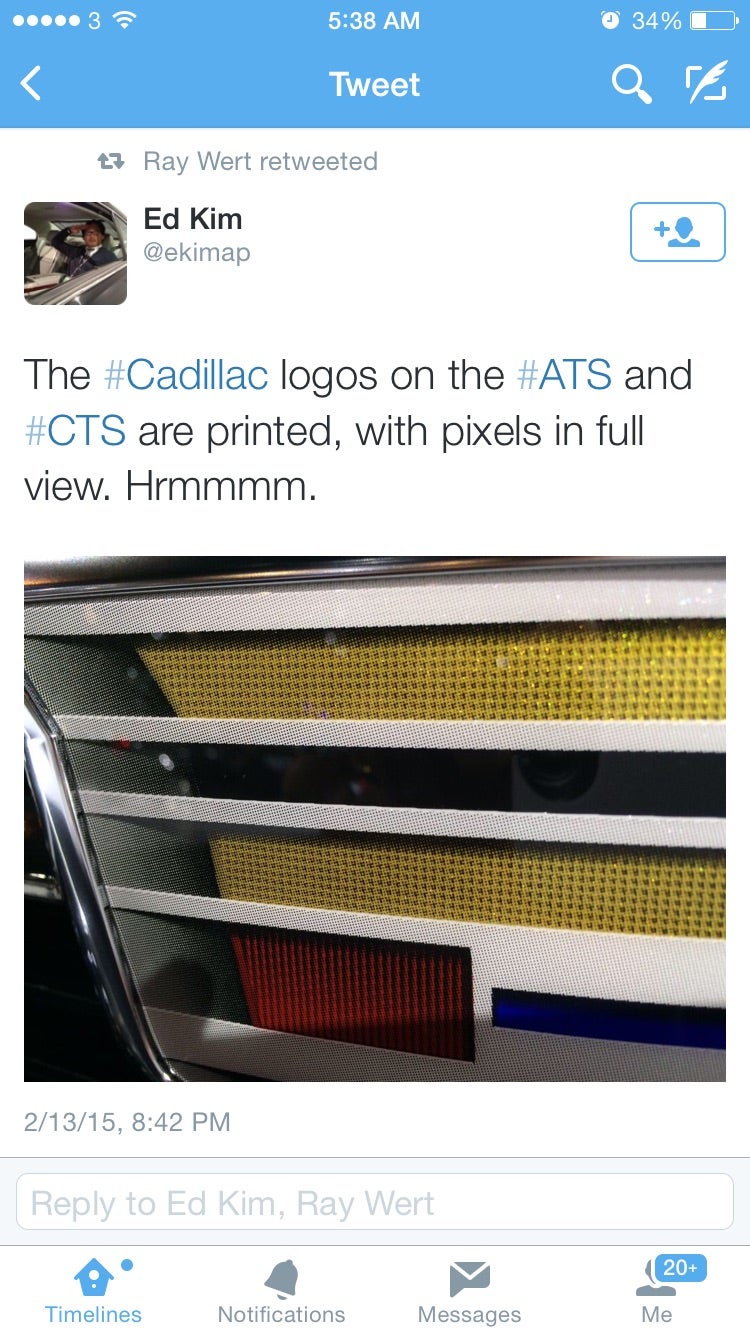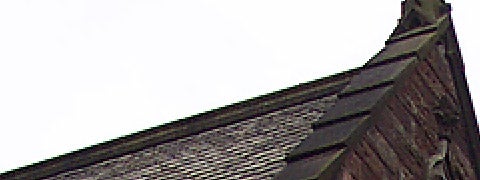 "Yossarian" (ajmobile)
"Yossarian" (ajmobile)
02/14/2015 at 12:02 • Filed to: None
 3
3
 7
7
 "Yossarian" (ajmobile)
"Yossarian" (ajmobile)
02/14/2015 at 12:02 • Filed to: None |  3 3
|  7 7 |

 CaptDale - is secretly British
> Yossarian
CaptDale - is secretly British
> Yossarian
02/14/2015 at 12:12 |
|
Lol! Way to go "luxury" brand
 davedave1111
> Yossarian
davedave1111
> Yossarian
02/14/2015 at 12:20 |
|
Er, what? The pixelation is in the photo. The logo appears to be textured for reflective purposes.
 Yossarian
> davedave1111
Yossarian
> davedave1111
02/14/2015 at 12:28 |
|
That's not pixelation from the photo. That logo is flat, no texture.
 Alex B
> Yossarian
Alex B
> Yossarian
02/14/2015 at 12:32 |
|
I'll have to confirm this.
 davedave1111
> Yossarian
davedave1111
> Yossarian
02/14/2015 at 12:35 |
|
Look at the picture again. The whole thing's pixelated, not just the bits you're pointing out. The dark spots you can see on the coloured areas are the texture: it's on the back, like the silvering on a mirror.
 Yossarian
> davedave1111
Yossarian
> davedave1111
02/14/2015 at 12:39 |
|
I can tell the difference between noise in a photo versus a pixelated image. Look at the details in the photo, the edges are jagged. That's not caused by noise in a photo, it's caused by using too small of a resolution to print the logo on.
 davedave1111
> Yossarian
davedave1111
> Yossarian
02/14/2015 at 13:08 |
|
I'm not quite sure what you're trying to say any more, but every part of that photo shows pixelation from overcompression. You appear to be saying that the jagged edges are really there, rather than a compression artifact - but they're definitely a very normal thing to see on bad digital photos.
Like this, for example:

Anyway, you can find plenty of other photos of the badge without the overcompression on GIS.